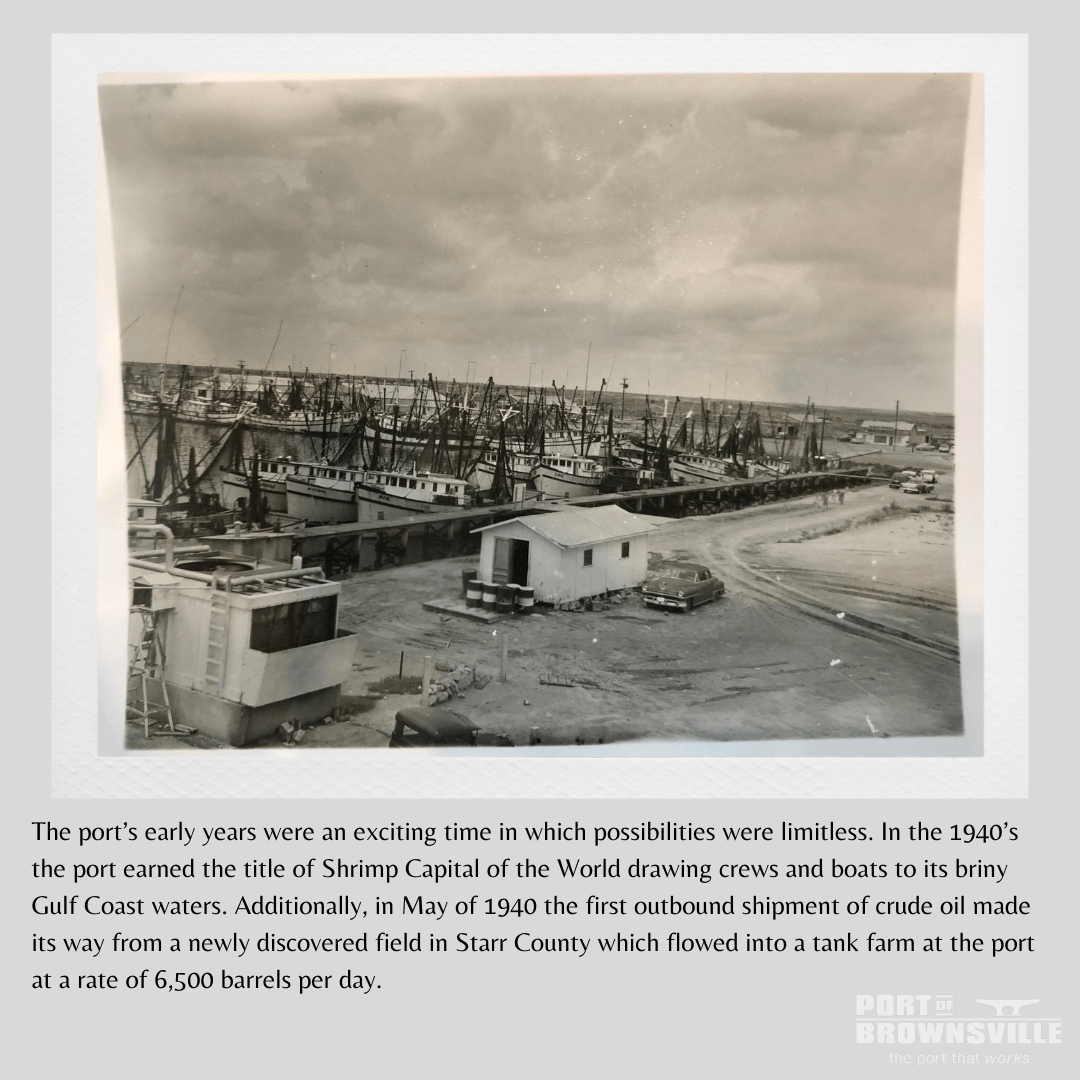The Port of Brownsville’s proximity to Mexico, Latin America’s second-largest economy, uniquely positions the port as the nation’s key transshipment gateway delivering goods and commodities to nearby multinational manufacturing centers on both sides of the border.
Ranking among the top U.S. steel ports, the Port of Brownsville moves more steel into Mexico than any other domestic competitor. In 2019, the port moved 3.2 million short tons of steel across the southern border.
Nearby Monterrey is a major industrial center in northern Mexico with a metropolitan population of nearly five million and home to dozens of commonly recognized international corporations. Monterrey is located 200 miles due west from the Port of Brownsville, where steel makers have come to rely upon the logistical efficiencies provided by the port. Convenient border crossings are located just seven miles from the port by truck and 13 miles by railroad.
In fact, the Port of Brownsville is more than 100 miles closer to Monterrey than the nearest Mexican port. That makes implementation of the new United States Mexico Canada Agreement (USMCA) that much more important for the border region, and in particular, the Port of Brownsville. USMCA is not just a modernized update to NAFTA, but it borrows significantly from the Trans-Pacific Partnership and Comprehensive and Progressive Agreement for Trans-Pacific Partnership trade agreements. At its core, USMCA contains new elements regarding stringent, enforceable and binding labor and environmental elements, which are now being enacted since the agreement took effect on July 1, 2020.
With recently implemented Mexican oil reforms and the introduction of free market price dynamics in the fuel market (in addition to strong exports of steel), the USMCA emphasizes the port’s unrivaled efficiencies of moving cargo across the border.
Ultra-low sulfur diesel, premium gasoline and specialty lubricants make the trip southbound by truck and rail with remarkable volumes and frequencies. Fuel imports, like No. 6 fuel, travel northbound by unimpeded rail crossings to the port as well.
These efficiencies firmly entrench the port’s foreign trade zone as a consistent volume leader, too. In the most recent report to the Foreign Trade Zones Board, FTZ No. 62 recorded a record-setting $8.9 billion for the combined value of imports and exports moving through the zone in 2019. The total value of export shipments through FTZ No. 62 reached $4.3 billion in 2019; $4.6 billion in imports. These numbers, the highest recorded in the zone’s history, saw products in the petroleum industry and shipbuilding equipment bring the most value, supported by the steady transport of steel, aluminum and wind energy components. That comes as no surprise with more than 10 million eager consumers within a three-hour drive of the port – with many of those located south of the border. Moving cargo across the border in both directions is made easy with a wide variety of reliable transportation options.
Providing Class 1 rail service to and from the port to Mexico and all of North America includes Kansas City Southern de México for operations south of the border, and with Union Pacific and BNSF Railway serving northern routes. On-port rail service is provided by agreement with OmniTRAX, operating the Brownsville Rio Grande International Railway (BRG) on more than 45 miles of port-owned railroad.
When trucks are a better option, the Port of Brownsville claims conceptual ownership of the state’s first overweight corridor. Trucks crossing the border in either direction utilizing the specially designated route to or from the port, can load to the legal weight limits of Mexico – 125,000 pounds (45,000 pounds heavier than domestic limits). That translates into real savings in both time, money and logistical efficiencies.








